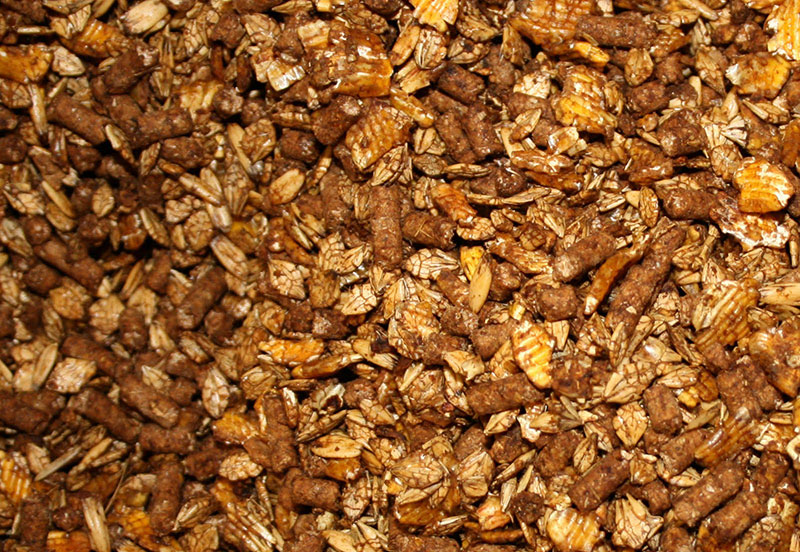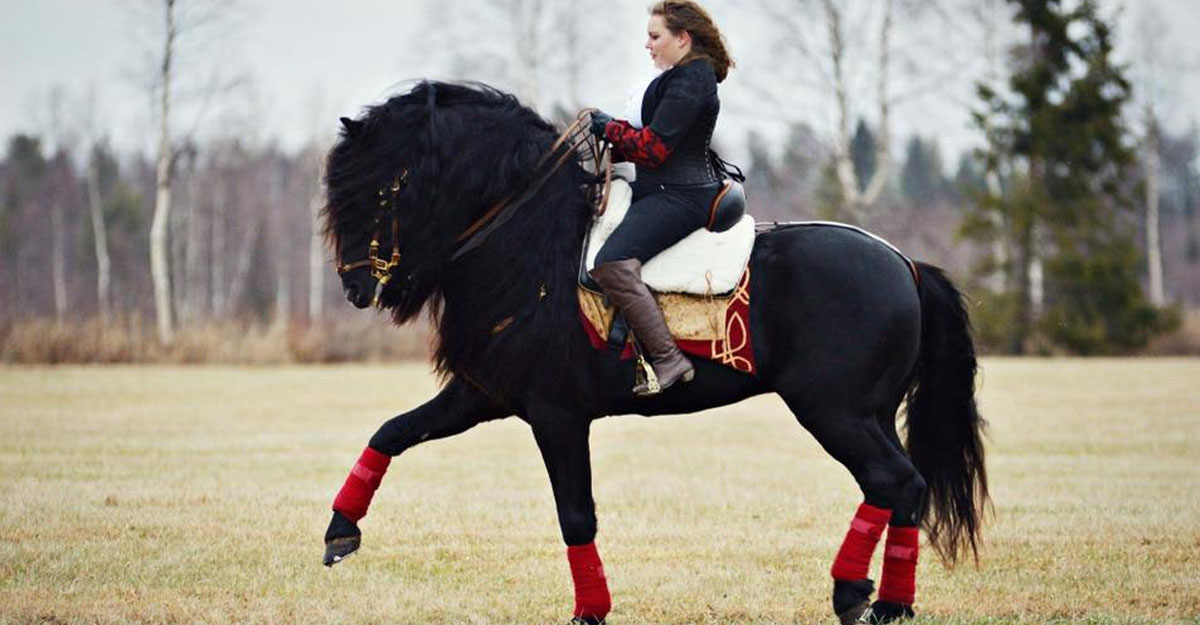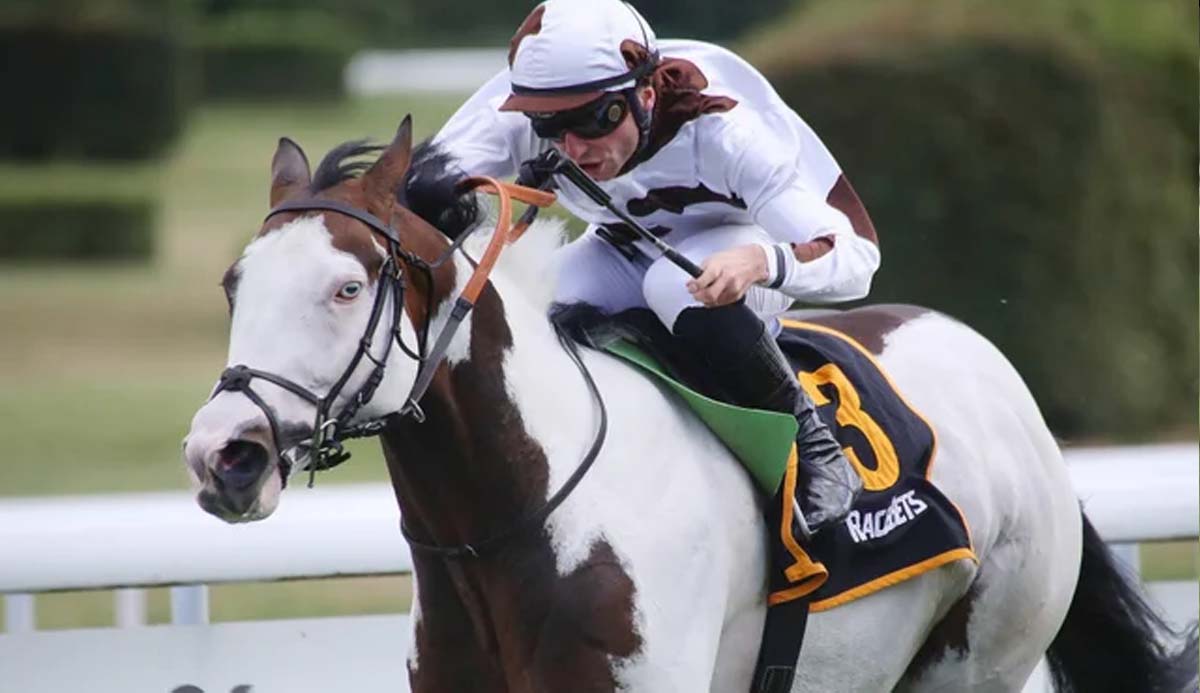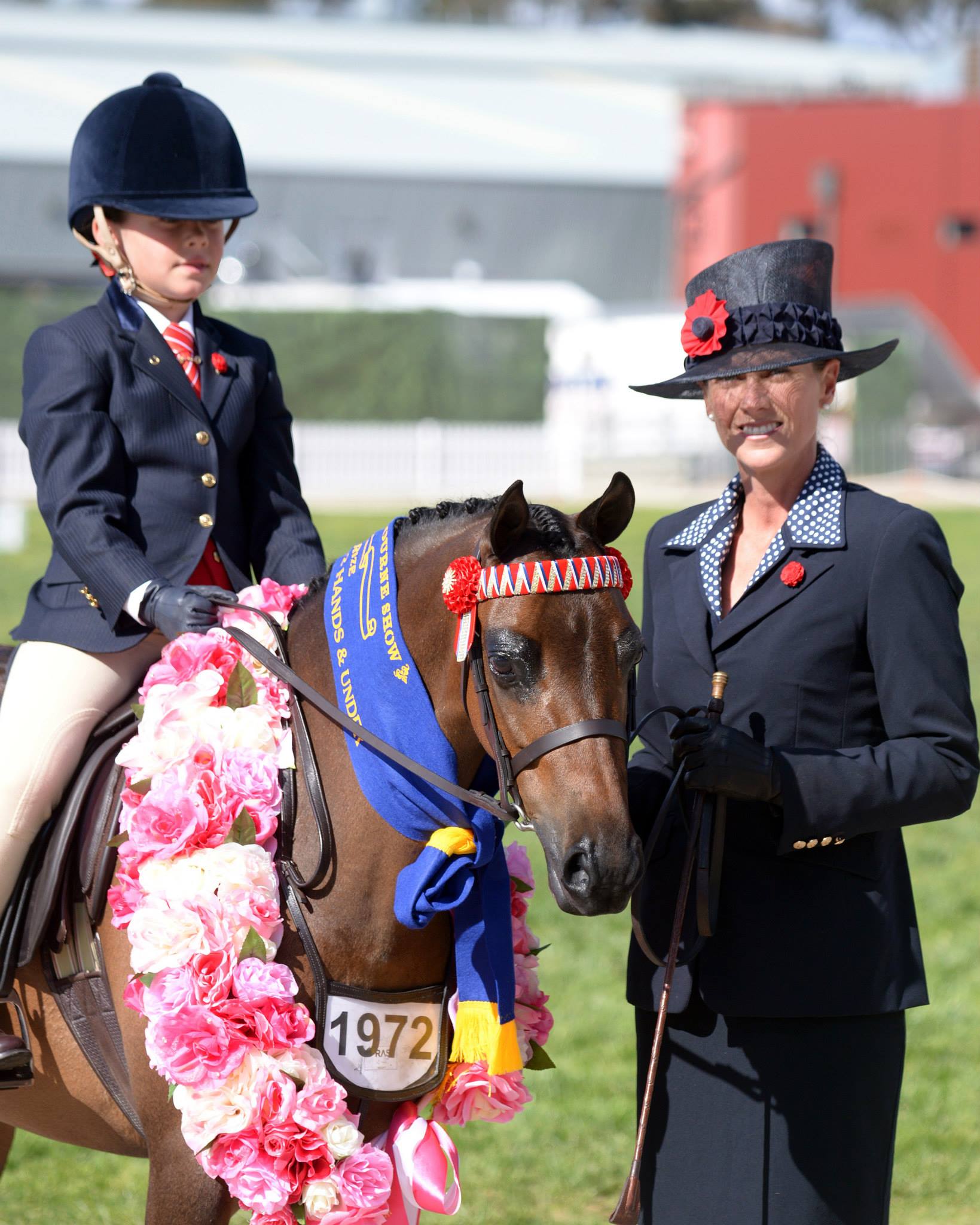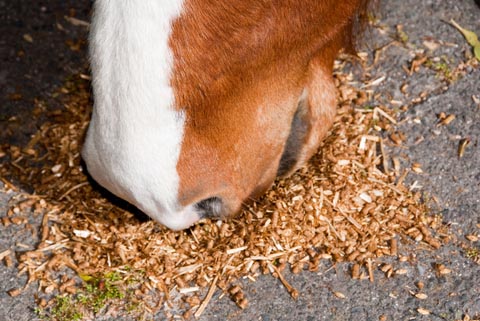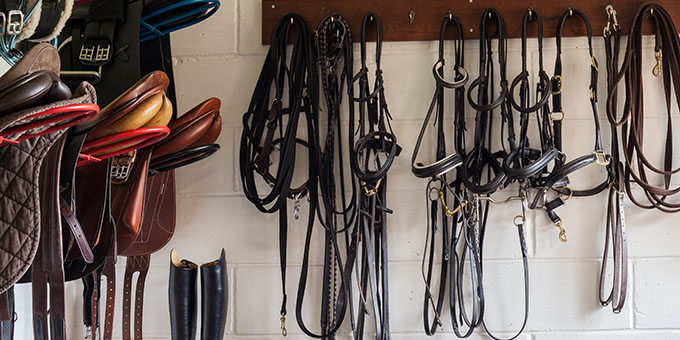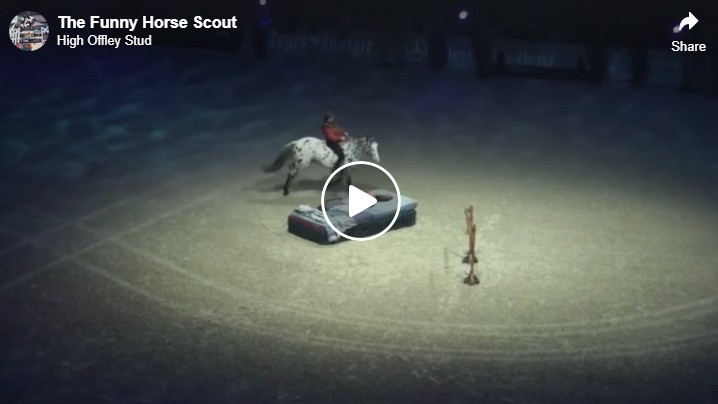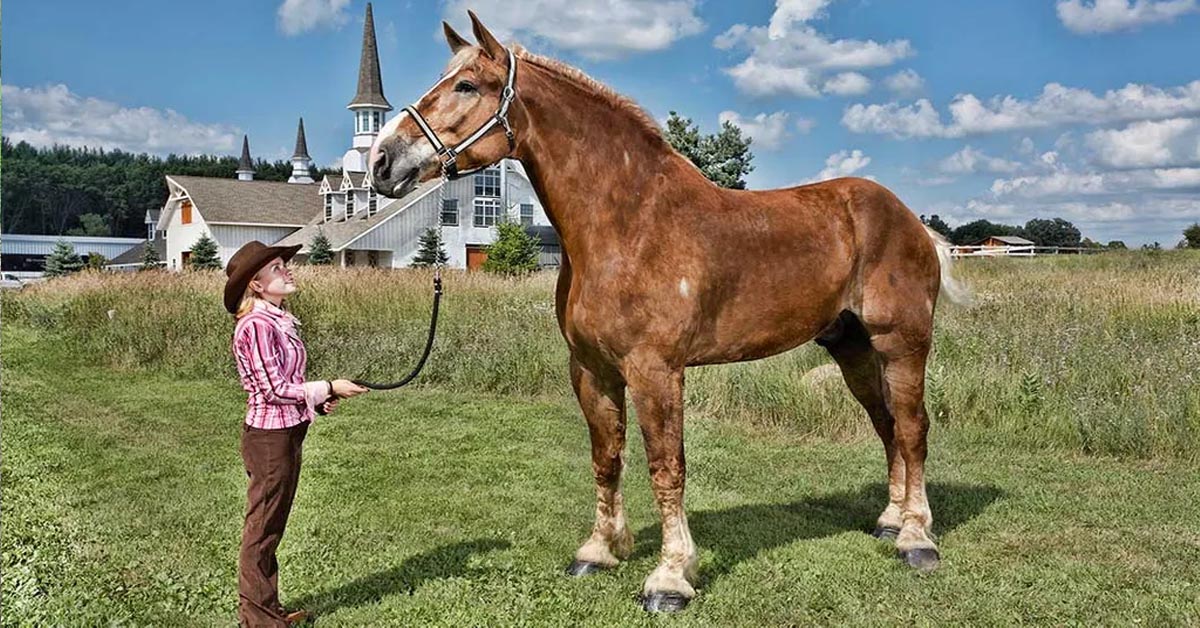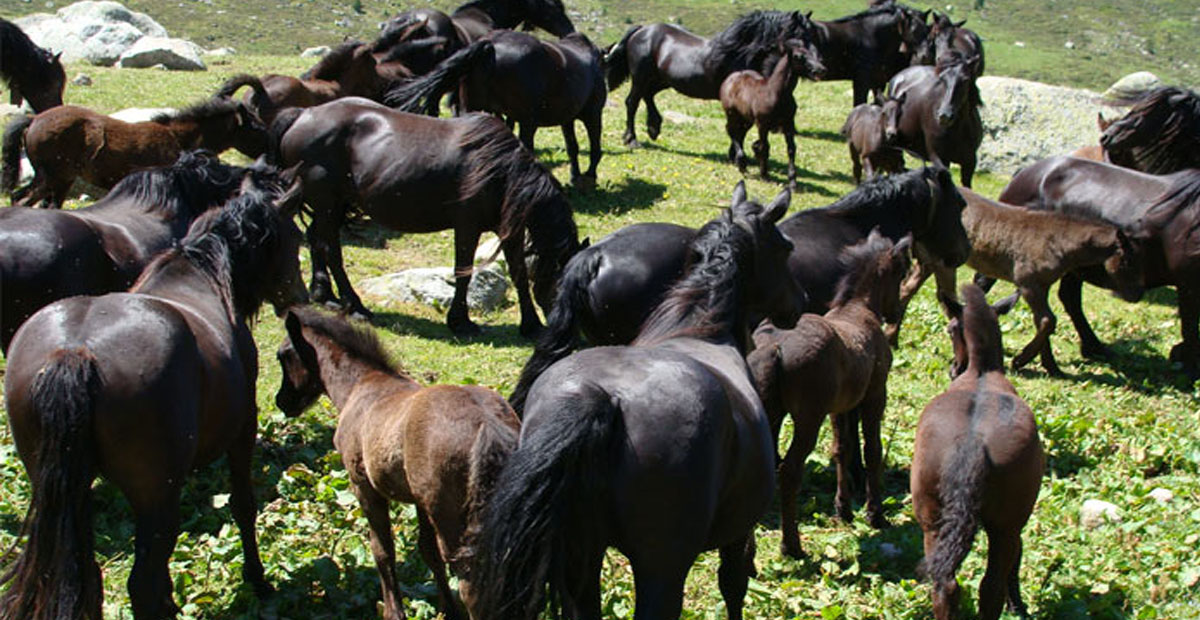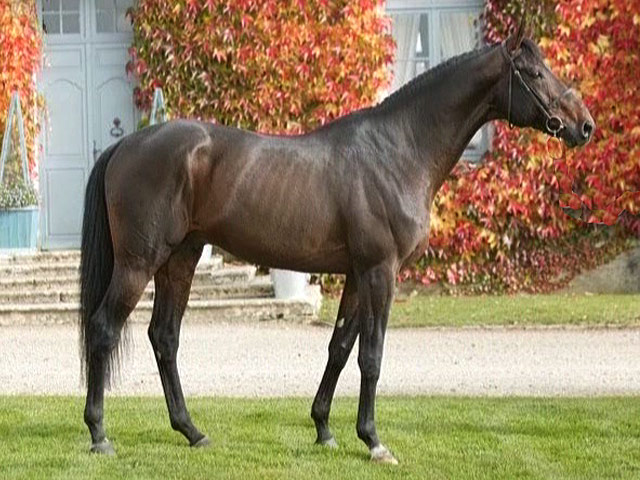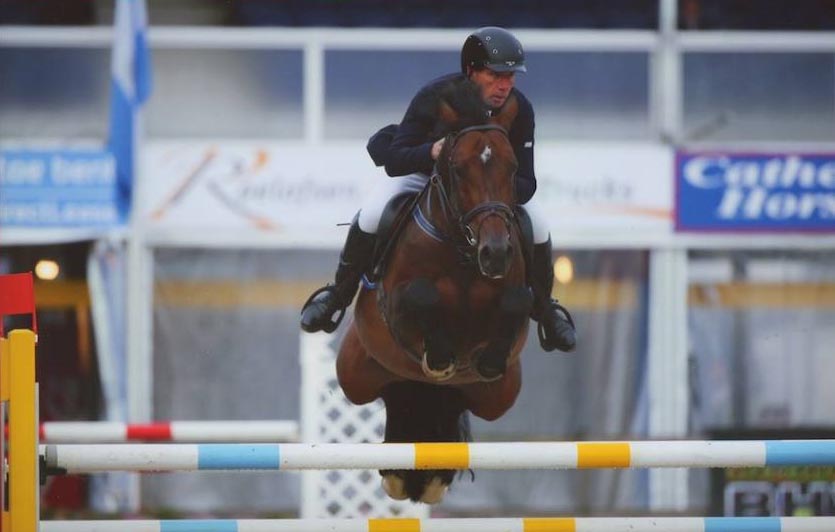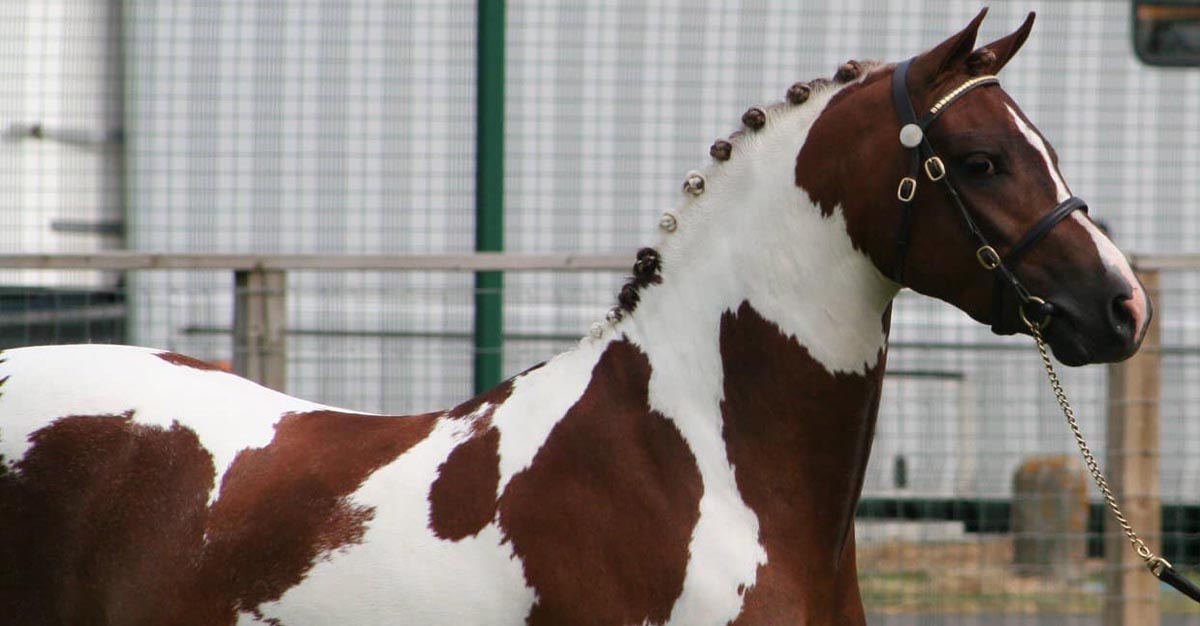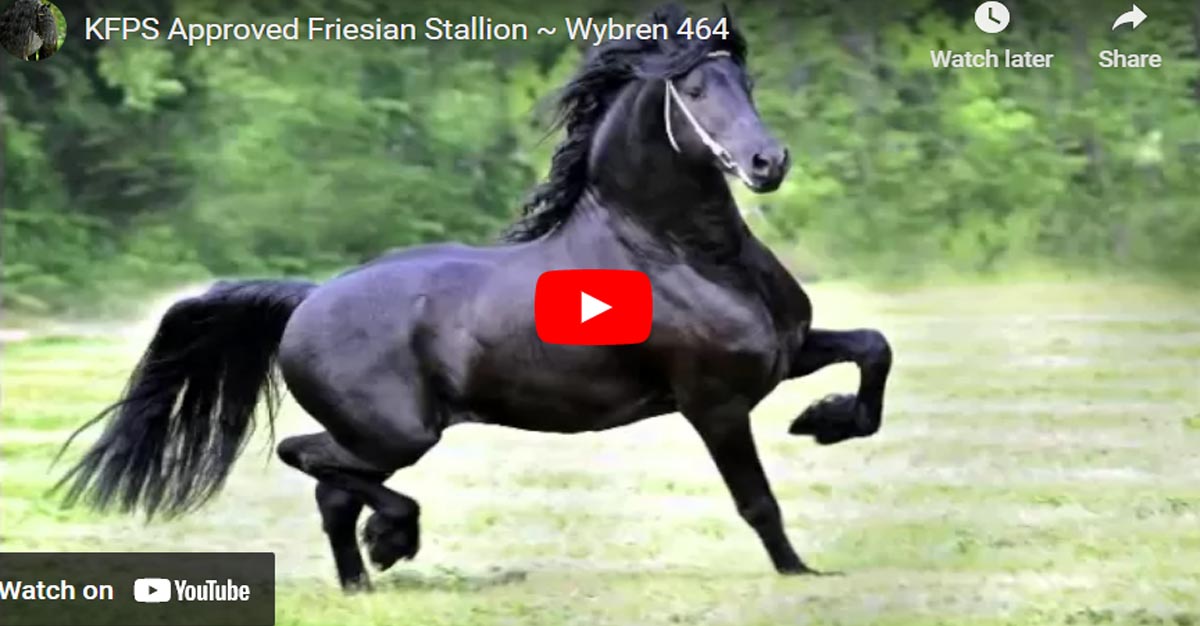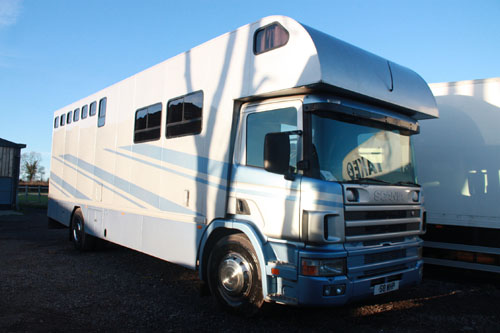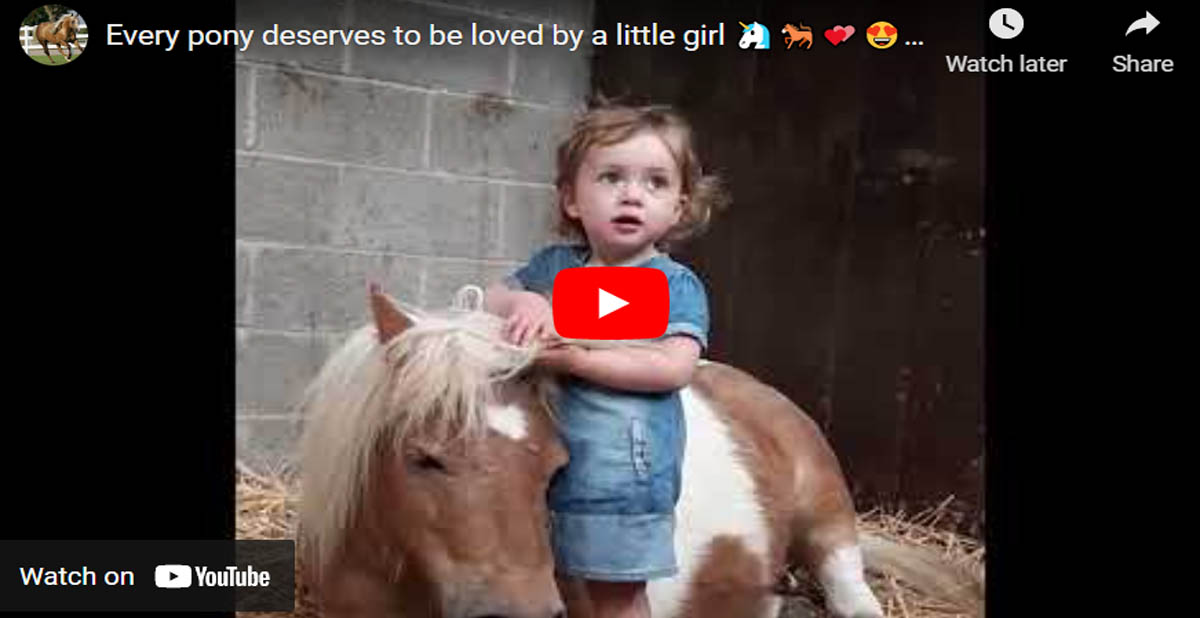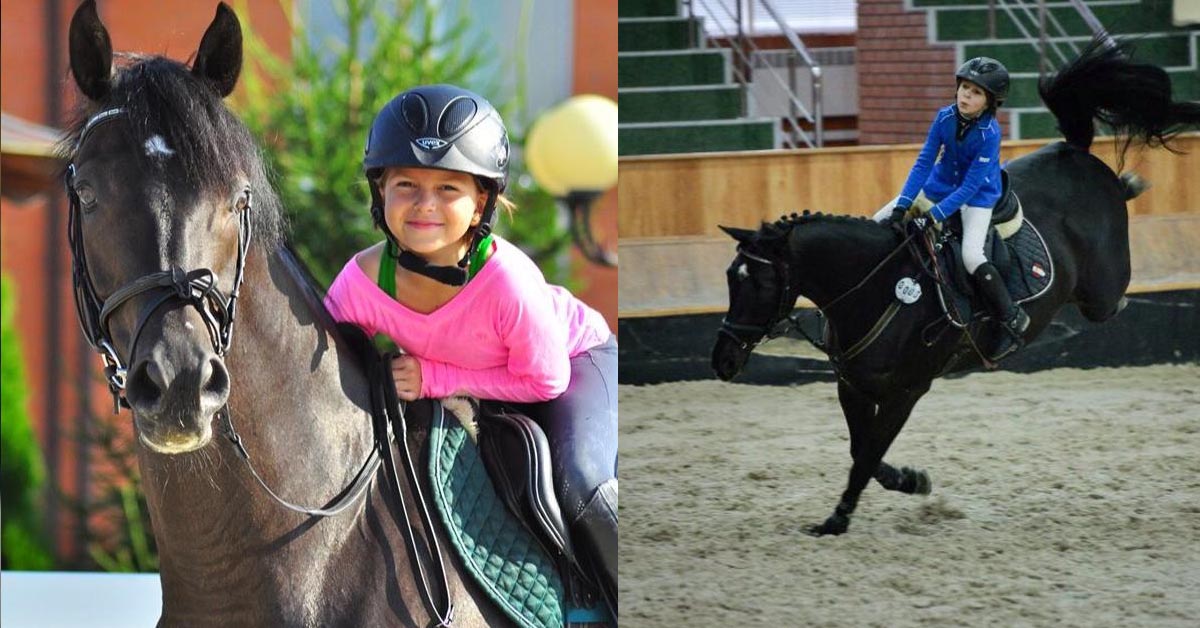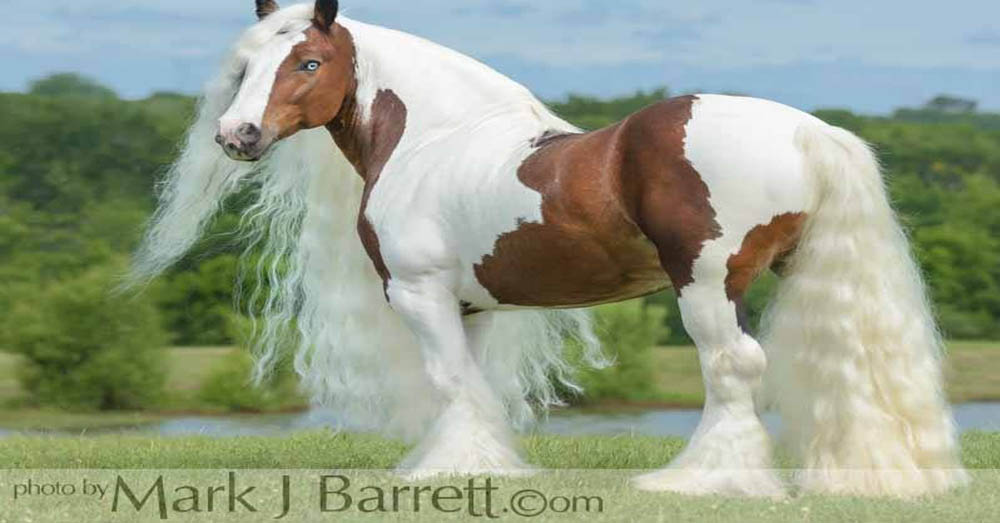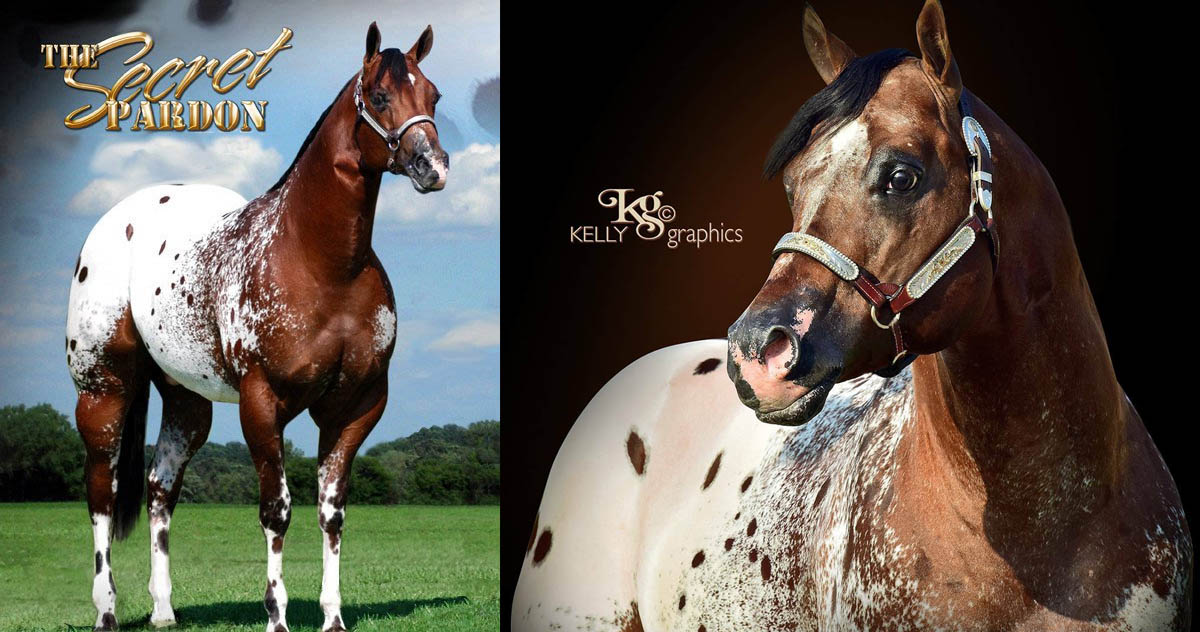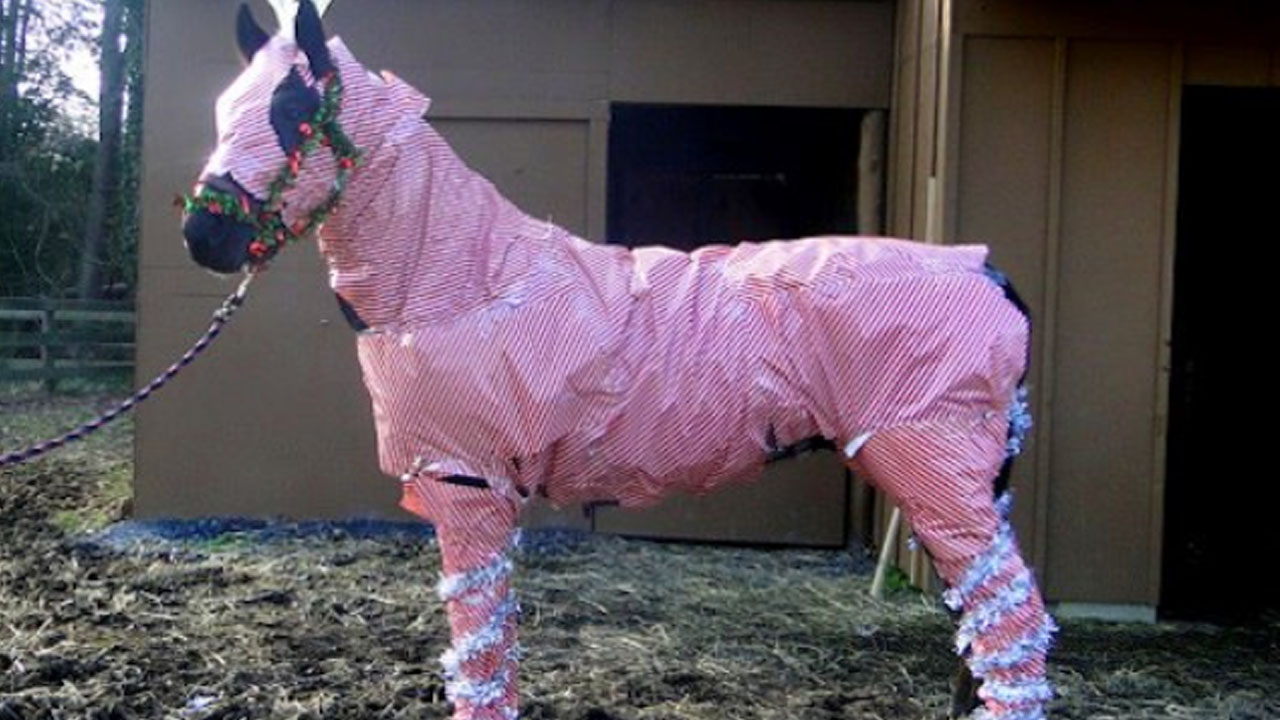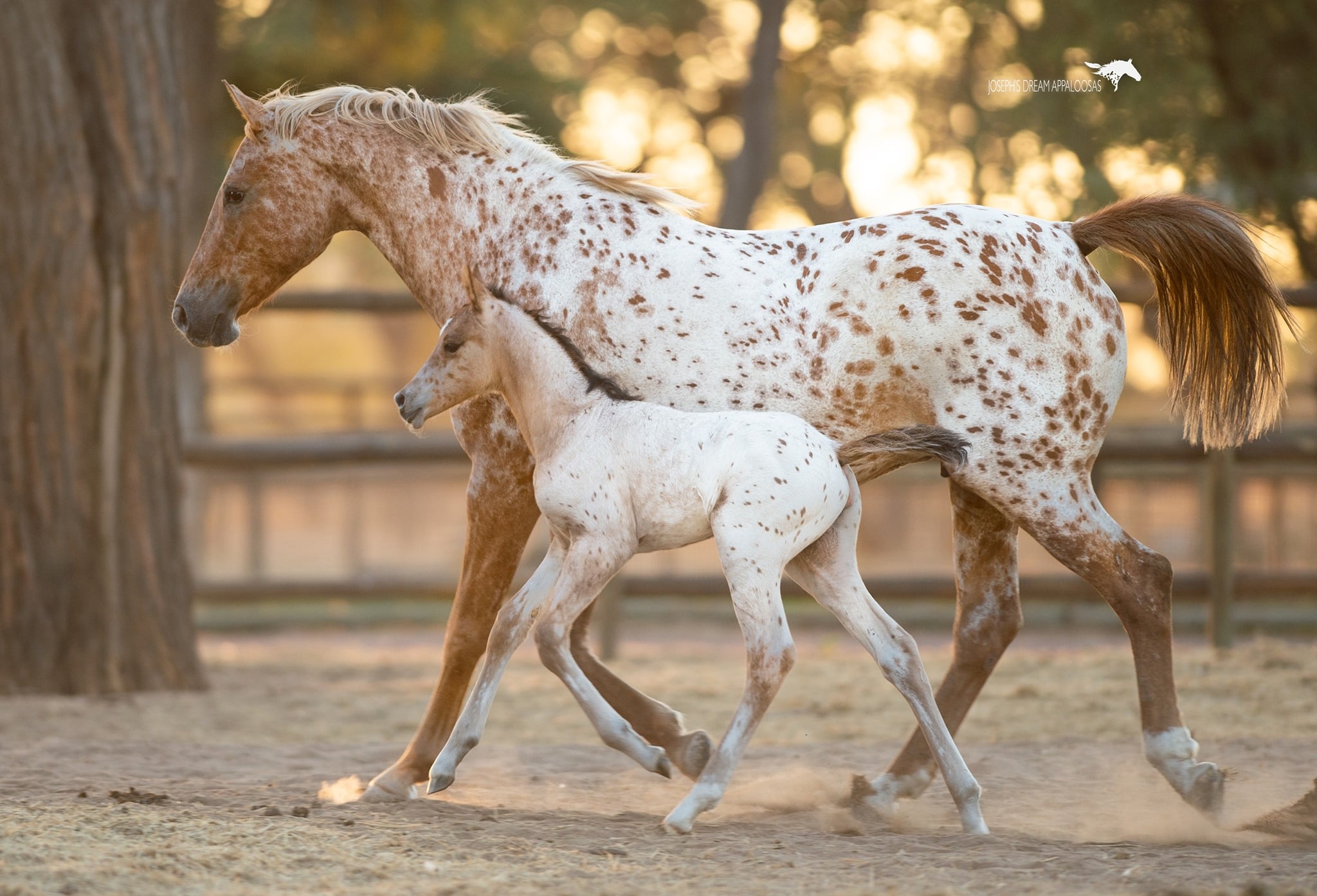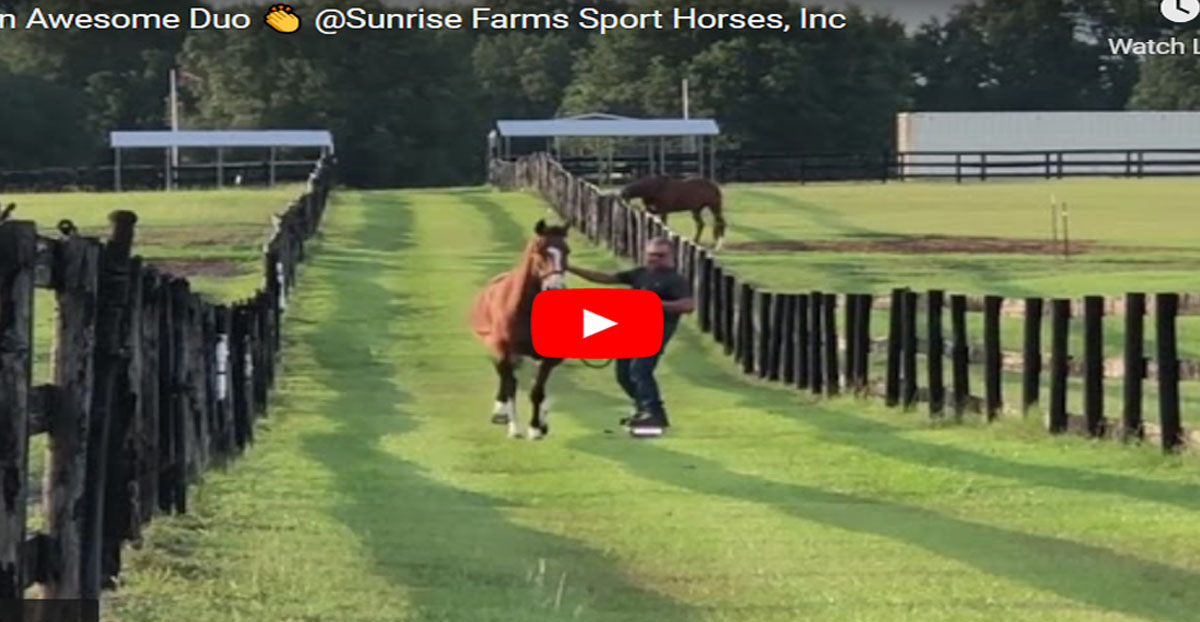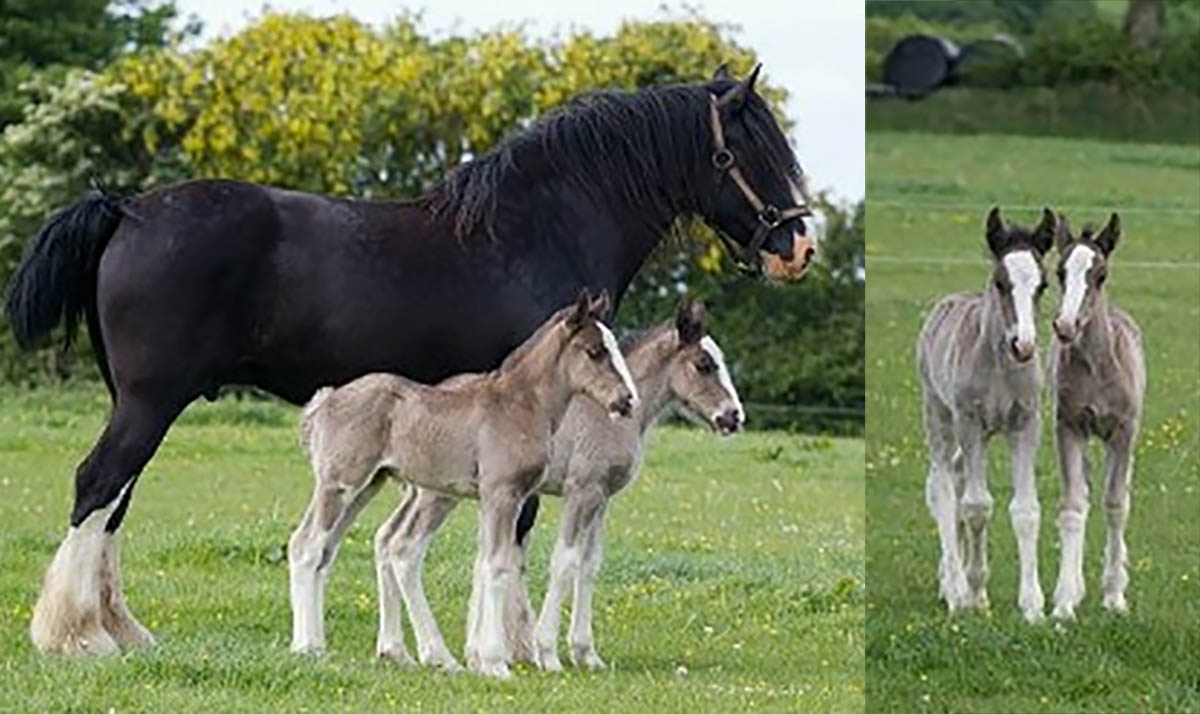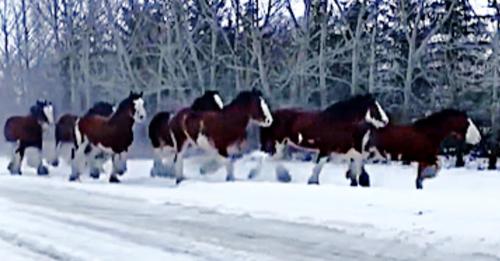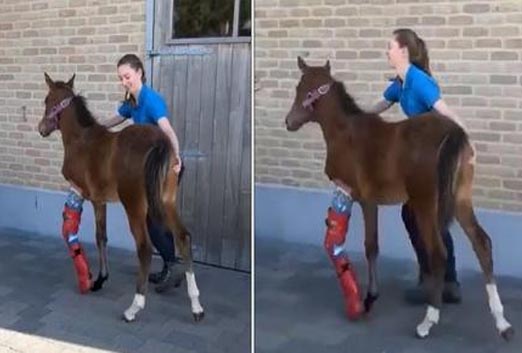Horses Diet
The horse has, through millions of years of living in the grasslands, developed a specific digestive anatomy and physiology to become a grass eater. The foundation of a horse`s feed is roughage (that is grass, hay or haylage) during many months of the year when the horse cannot access grass to fulfill their daily requirements. Horses` behaviour and digestive system are adapted to eating 14-18 hours per day and not taking breaks from eating any longer than 3-4 hours. It is important for the horse to have long periods of eating and to avoid extended periods of time without feed as their gut flora is negatively affected after 6-8 hours of no feed (starvation mood).
Today we keep our horses very different (sports, breeding etc) from the life they actually were evolutionary intended to live, which means that the horse may be kept locked up in its box for long periods with limited outdoor access, activation and access to roughage - ie: far away from the possibility of grazing naturally 14-18 hours per day. With a correctly adjusted feed ratio and feeding schedule it is possible to compensate the natural living of the horse to satisfy its need for seeking for food - the chewing requirement and therefore to sustain a healthy gut flora of the horse that, in the long run, will give you a sound and healthy horse. Studies in recent years have shown that horses develop behavioural disorders such as crib biting and air snapping due to insufficient time for eating per feed and the fact that concentrates are ingested very quickly while the horse still has a need to chew. Think of it in a human perspective. The technology today has developed that we could ingest all our daily nourishment requirements in just one small pill. We could swallow the pill and have all the nutrients in our body to keep it sound, but would your mind be satisfied not tasting, chewing or eating?!?
Behavioural disorders in horses related to insufficient chewing possibilities are typical behaviours found in domesticated animals only and never amongst wild, free living animals.
The horse is made to eat forage to secure a well functioning gut and gut flora. The horse`s hindgut contain millions of micro-organisms that are incredibly efficient at digesting fiber to produce fatty acids and vitamins. The process is very slow but effective. This means that for horses it is important to give a feed ratio with good quality roughage (grass, hay or haylage) to keep the horses energetic and healthy.
The horse`s ability to digest the feed
The horse has one stomach and for its size - a relatively small one. The horse needs to eat often. The horse`s digestive tract is not suited for anything else but frequent feedings. So what could typically go wrong if a horse requires a lot of energy and gets it in concentrate form? A horse should never be fed more than 0.4 kg concentrate feed per 100 kg body weight per feeding (for example a 500 kg horse should not have more than 2 kg concentrates per feeding). To feed a concentrate ratio too high in comparison to the horses actual need puts the digestive tract under a lot of pressure and creates difficulty in digesting and absorbing the large content of starch from the concentrate feed. Undigested concentrates may continue down to the hindgut. The bacteria and other micro-organisms that are naturally occurring in the hindgut will then break down starch surplus and create lactic acid. This lactic acid causes an acidic environment in the hindgut that can cause the micro-organisms to die and endotoxins will be secreted to the bloodstream - this may result in laminitis and cholic.
The horse has through evolution developed to become a forage eater of large volumes to maintain a good health in its digestive system. The concentrate feed was only first being used for hard working horses that needed a lot of energy working out in the fields pulling plows or carriages in the cities. Biologically there has not yet been an adapted change to the horse`s digestive system to handle large feed ratios of concentrates. This means that the horse is still constructed physiologically to eat large volumes of roughage. Concentrate feeds (eg: pelleted concentrates, oats etc) are usually processed which means it is easier for the horse to absorb the feed. The chewing time for a horse to eat 1 kg of concentrate takes approximately 10 minutes whereas 1 kilo of hay takes 35-45 minutes to chew.
To think about when changing feeds
When a horse is introduced to a new feed the transition shall always be done as balanced as possible. The microflora in the horses gut needs time to adapt to new feed and a time period of 10-14 days is recommended for a feed change that will be successful for the adaptation of the horse`s digestive system.
Ensure that every horse is given a balanced feed ratio based on its individual needs. Never feed concentrates on their own without roughage at the same time. Start with the roughage to enable the horse to start producing saliva. This reduces the risk of choking. Be mindful of the hygienic quality and make sure that the horse has access to clean water.
Horse Videos

Horse Videos

Horse Videos

Horse Videos
Today we keep our horses very different (sports, breeding etc) from the life they actually were evolutionary intended to live, which means that the horse may be kept locked up in its box for long periods with limited outdoor access, activation and access to roughage - ie: far away from the possibility of grazing naturally 14-18 hours per day. With a correctly adjusted feed ratio and feeding schedule it is possible to compensate the natural living of the horse to satisfy its need for seeking for food - the chewing requirement and therefore to sustain a healthy gut flora of the horse that, in the long run, will give you a sound and healthy horse. Studies in recent years have shown that horses develop behavioural disorders such as crib biting and air snapping due to insufficient time for eating per feed and the fact that concentrates are ingested very quickly while the horse still has a need to chew. Think of it in a human perspective. The technology today has developed that we could ingest all our daily nourishment requirements in just one small pill. We could swallow the pill and have all the nutrients in our body to keep it sound, but would your mind be satisfied not tasting, chewing or eating?!?
Behavioural disorders in horses related to insufficient chewing possibilities are typical behaviours found in domesticated animals only and never amongst wild, free living animals.
The horse is made to eat forage to secure a well functioning gut and gut flora. The horse`s hindgut contain millions of micro-organisms that are incredibly efficient at digesting fiber to produce fatty acids and vitamins. The process is very slow but effective. This means that for horses it is important to give a feed ratio with good quality roughage (grass, hay or haylage) to keep the horses energetic and healthy.
The horse`s ability to digest the feed
The horse has one stomach and for its size - a relatively small one. The horse needs to eat often. The horse`s digestive tract is not suited for anything else but frequent feedings. So what could typically go wrong if a horse requires a lot of energy and gets it in concentrate form? A horse should never be fed more than 0.4 kg concentrate feed per 100 kg body weight per feeding (for example a 500 kg horse should not have more than 2 kg concentrates per feeding). To feed a concentrate ratio too high in comparison to the horses actual need puts the digestive tract under a lot of pressure and creates difficulty in digesting and absorbing the large content of starch from the concentrate feed. Undigested concentrates may continue down to the hindgut. The bacteria and other micro-organisms that are naturally occurring in the hindgut will then break down starch surplus and create lactic acid. This lactic acid causes an acidic environment in the hindgut that can cause the micro-organisms to die and endotoxins will be secreted to the bloodstream - this may result in laminitis and cholic.
The horse has through evolution developed to become a forage eater of large volumes to maintain a good health in its digestive system. The concentrate feed was only first being used for hard working horses that needed a lot of energy working out in the fields pulling plows or carriages in the cities. Biologically there has not yet been an adapted change to the horse`s digestive system to handle large feed ratios of concentrates. This means that the horse is still constructed physiologically to eat large volumes of roughage. Concentrate feeds (eg: pelleted concentrates, oats etc) are usually processed which means it is easier for the horse to absorb the feed. The chewing time for a horse to eat 1 kg of concentrate takes approximately 10 minutes whereas 1 kilo of hay takes 35-45 minutes to chew.
To think about when changing feeds
When a horse is introduced to a new feed the transition shall always be done as balanced as possible. The microflora in the horses gut needs time to adapt to new feed and a time period of 10-14 days is recommended for a feed change that will be successful for the adaptation of the horse`s digestive system.
Ensure that every horse is given a balanced feed ratio based on its individual needs. Never feed concentrates on their own without roughage at the same time. Start with the roughage to enable the horse to start producing saliva. This reduces the risk of choking. Be mindful of the hygienic quality and make sure that the horse has access to clean water.
Horse Videos
StableexpressHorses Diet
Posted by Stable Express

Horse Videos
StableexpressHorses Diet
Posted by Stable Express

Horse Videos
StableexpressHorses Diet
Posted by Stable Express

Horse Videos



